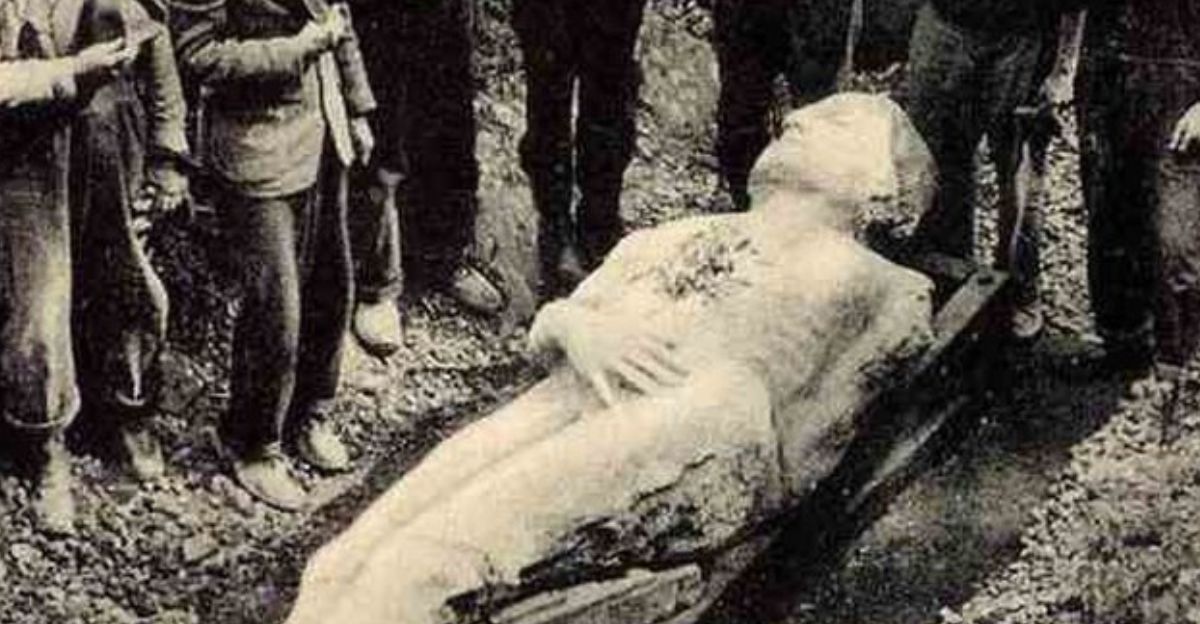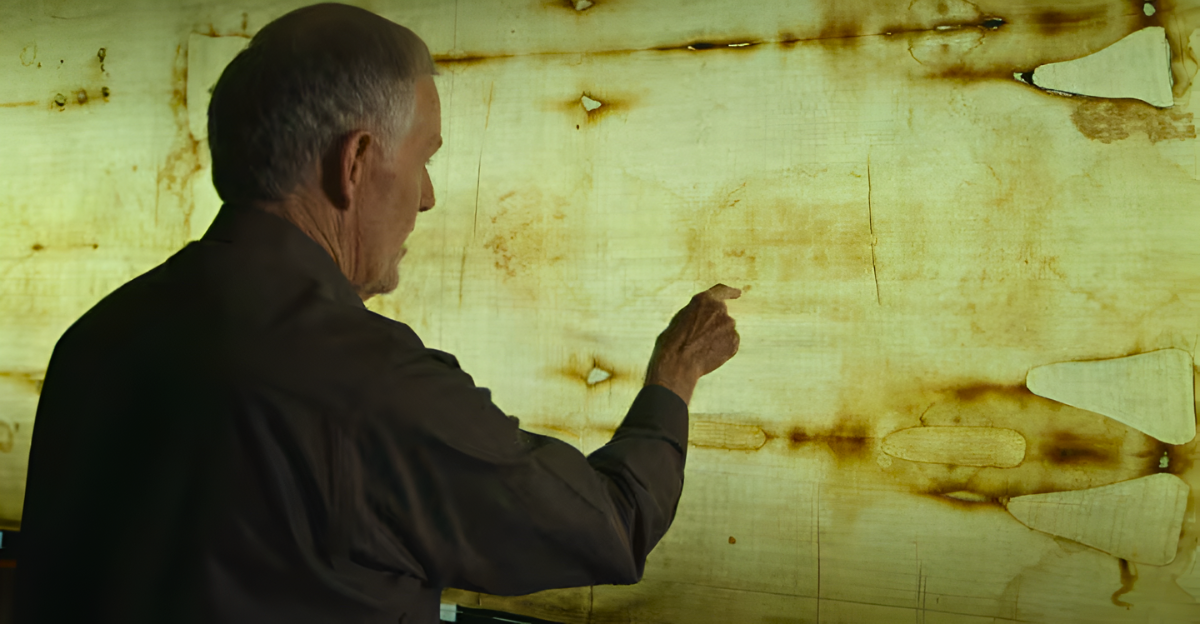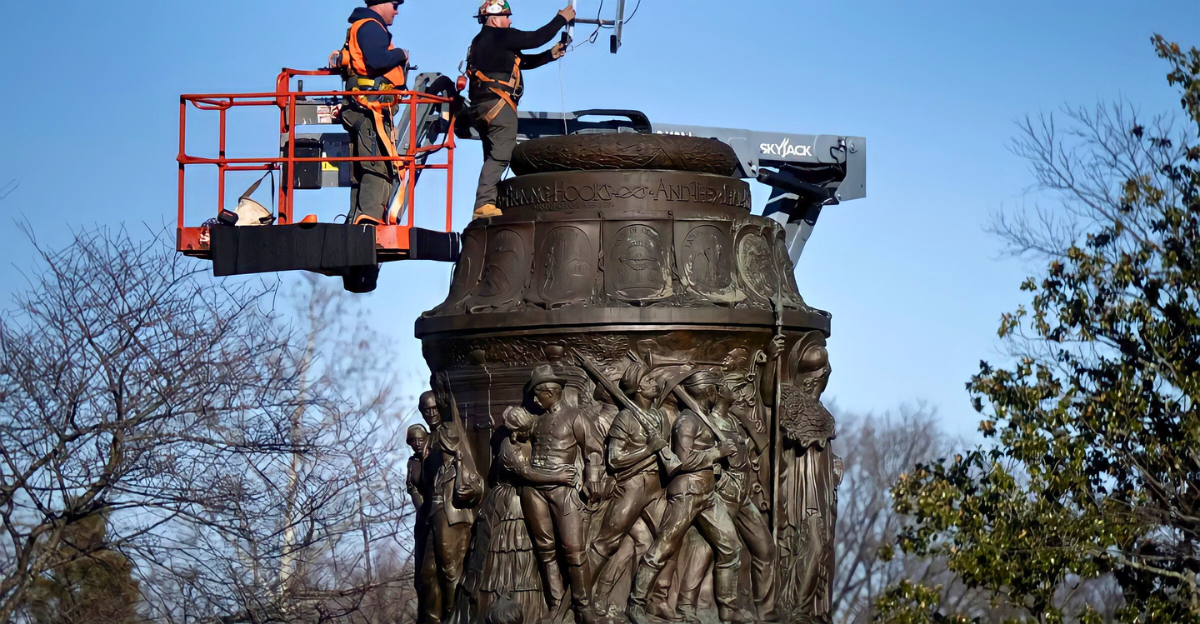
During a severe drought in 1986, two brothers found something buried in Galilee mud: the remains of a boat from Jesus’s time. Experts confirmed its age through carbon dating. According to the Israel Antiquities Authority, it matched Gospel-era vessels: real boats, real people, real history. What they uncovered amazed everyone.
Drought Reveals Ancient Secrets

In 1985–86, Israel’s worst drought in decades lowered the Sea of Galilee, exposing the lakebed. Moshe and Yuval Lufan from Kibbutz Ginosar explored the shoreline. Near Migdal, they found bronze coins, iron nails, and a boat outline. According to Biblical Archaeology Review, their fisherman father confirmed no modern boat sank there.
Why It’s Called the ‘Jesus Boat’

When news broke, Israeli media called it the “Jesus Boat” after tests dated it between 40 BC and 50 AD, Jesus’s era. According to Wikipedia, no direct link to Jesus exists. But archaeologist Shelley Wachsmann said it fits the type used by Him and His disciples, sparking worldwide fascination with the find.
A Boat That Matches the Gospels

The boat was 8.2 meters long, 2.3 meters wide, and 1.3 meters high. According to Wikipedia, it had a flat bottom, room for four rowers, and a mast. See The Holy Land reports it held up to 15 people. Its design matches Mediterranean boats built between 100 BC and 200 AD.
Scientists Date It to Jesus’s Time

Experts dated the boat using radiocarbon testing and artifacts. According to Wikipedia, it was built around 40 BC (±80 years). Pottery and nails dated from 50 BC to 50 AD. The Madain Project notes these included a lamp and cooking pot. The Israel Antiquities Authority led the dating process.
Made From 12 Different Woods

The boat was built using twelve types of wood. Cedar formed the base, but repairs used oak, pine, and nine others. According to the Israel Antiquities Authority, this mix shows how Galilean fishermen reused whatever they had. Boats were costly, so patching them with local materials was a common, lifelong practice.
Preserved by Mud for Centuries

After being abandoned, the boat sank into soft silt that later hardened and blocked oxygen. This prevented bacteria from breaking it down. Archaeological reports explain that the mud created a sealed, protective layer. That rare preservation kept the wooden structure intact for nearly 2,000 years, until the 1986 drought exposed it again.
12 Days to Save the Boat

Archaeologists had just 11 days before the water returned. Crews worked nonstop under artificial lights. The waterlogged wood was so fragile, it felt like wet cardboard. To protect it, workers stayed on suspended platforms and sprayed water constantly. Every moment counted in saving this once-buried treasure before the lake rose again.
How They Got It Out in One Piece

Engineers created a fiberglass frame and coated the boat with polyurethane foam. Once hardened, the trench was flooded, letting the vessel float for the first time in 2,000 years. This foam “jacket” gave the boat both structure and lift, allowing it to be safely towed to a conservation lab.
On Display Near Where It Was Found

Today, the boat is on display at the Yigal Allon Museum in Ginosar. Conservation took over a decade, using synthetic wax to replace water in the wood. By 2000, it was ready for public view. The Yigal Allon Center calls it one of Israel’s most important biblical archaeology discoveries.
Boats Were Key in Jesus’s Ministry
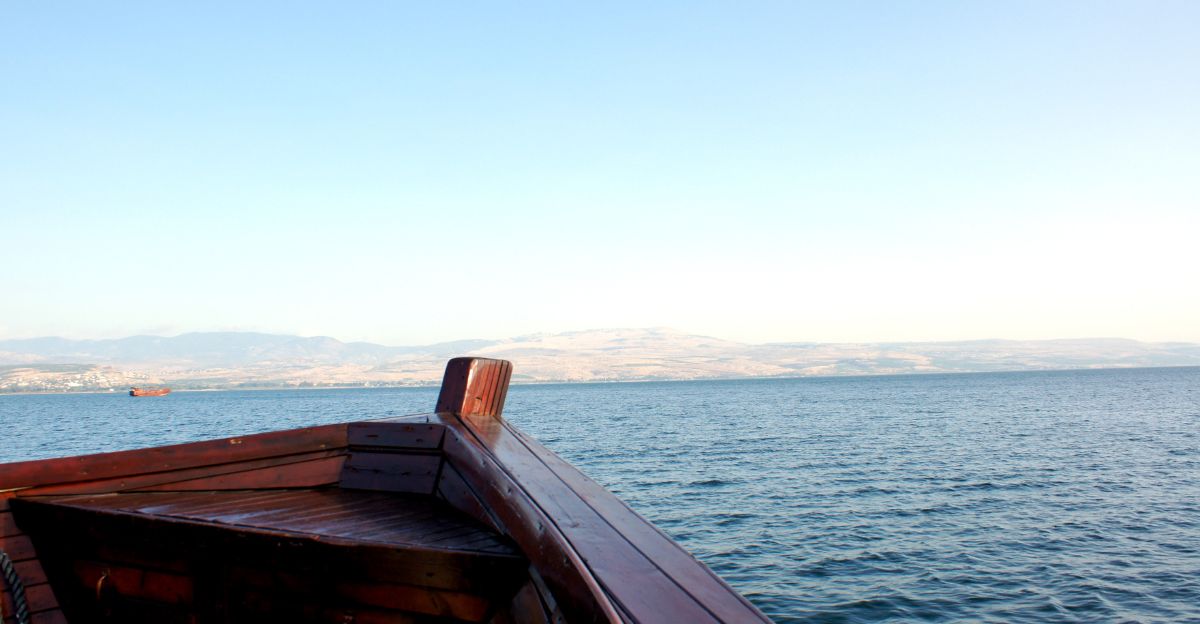
The Gospels mention boats over 50 times. Jesus taught from them, calmed storms, and performed miracles at sea. Matthew, Luke, and Mark all describe boat scenes on the Sea of Galilee. These weren’t background details, they were central to His message. Boats were where much of His ministry happened.
It’s the Same Type Jesus Used

There’s no evidence Jesus rode in this exact boat, but it matches the kind used in his time. Lead archaeologist Shelley Wachsmann wrote in Biblical Archaeology Review that its style, age, and location all align. It’s the kind Jesus and his disciples likely used to fish, teach, and travel.
Daily Life in 1st-Century Galilee

This boat offers a glimpse into everyday Galilean life. Its construction shows how people repaired, reused, and relied on their tools. Archaeologists believe fishermen like Peter, James, and John worked in boats just like this, hauling nets, rowing together, and sailing the Sea of Galilee as the Gospels describe.
Where History Meets the Gospels
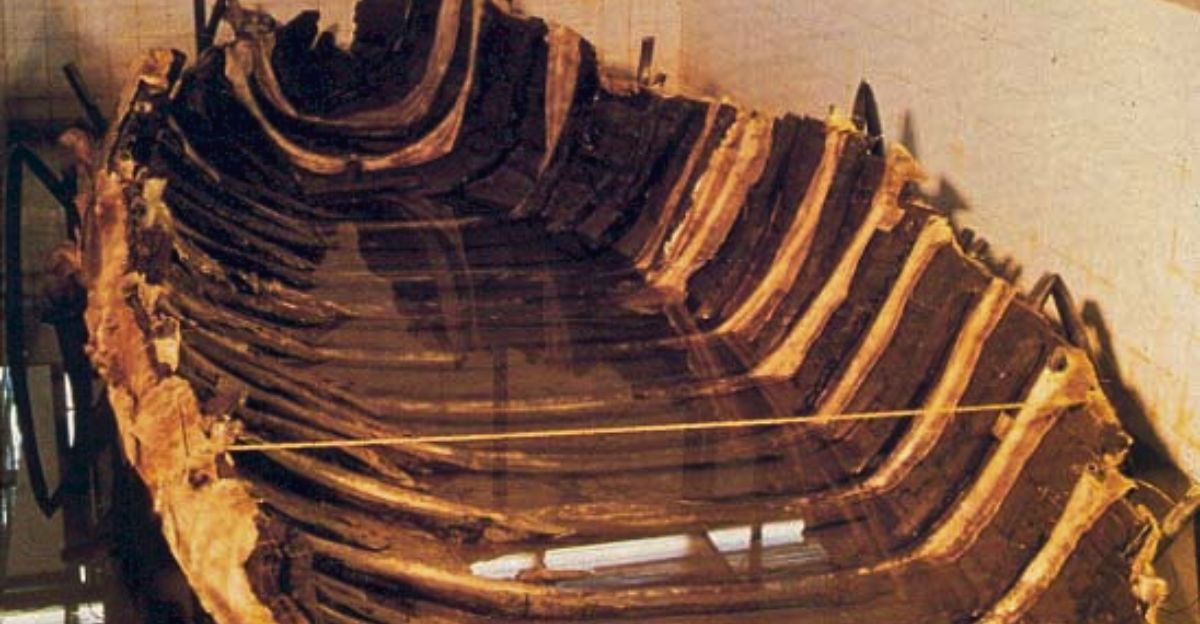
The boat helps bridge archaeology and scripture. While it doesn’t confirm miracles, it supports the Gospels’ historical backdrop, showing that real people used real tools in real places. Discoveries like this bring biblical stories into sharper focus, grounding them in the daily realities of life 2,000 years ago.
A Real Link to Jesus’s World

The “Jesus Boat” might not have carried Christ, but it shows what His world looked like. It tells the story of fishermen, hardship, and faith. Every part of it points to the time when Jesus walked by the Sea of Galilee. It’s a rare and powerful link to that past.



